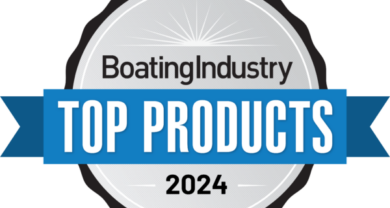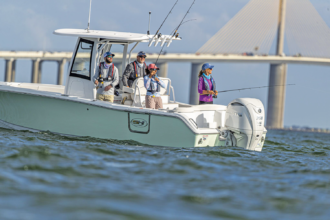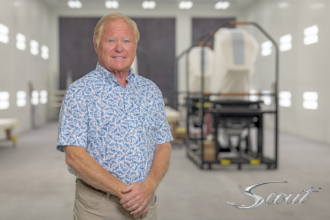Workforce Development: What’s available
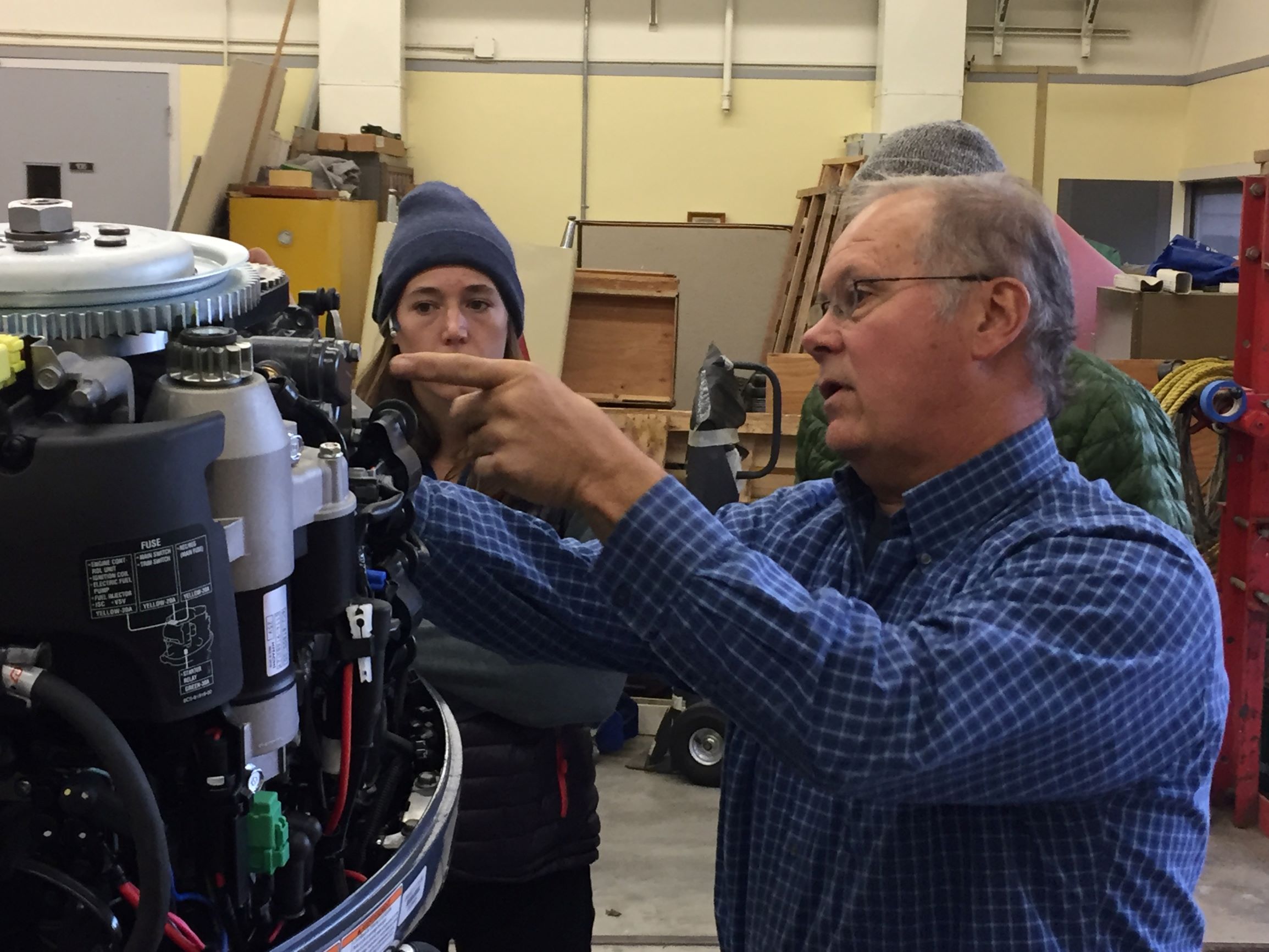
By Sarah Devlin
Content Director, American Boat & Yacht Council (ABYC)
Following up on “Workforce Development: Why It Matters,” (May issue of Boating Industry), the American Boat & Yacht Council (ABYC) team has compiled what programs are available for students and industry professionals alike. The third article in this series will address how each of us in the industry can help solve the workforce deficit, to be published in the August/September issue of Boating Industry.
Twenty-one-year old Sam (name changed) graduated from a high school with a strong trade-skills program—the only Career Vocational Technical Education (CVTE) high school in his region where he attended a series of automotive technology courses. He is an avid boater, having grown up, on, and around the water, but was unaware of any marine technician classes available to him locally.
The manager at the yard where Sam kept his boat recognized Sam’s skillset and hired him for a summer job. Within months, Sam had advanced from spraying and scraping hull bottoms to working on electrical projects, and he elected to stay in that position. He was making a decent wage. He enrolled in the Yamaha Certification program. And, he had a mentor. A seemingly successful marine-technician workforce development story.
“The Pathway”
Nobody in the marine industry needs to be reminded that historically, or at least in the past few decades, the high-school curriculum pathway is geared toward grooming students for a traditional four-year college experience. As Mike Bonicker, Lead Instructor at ABYC, notes, “That’s the path they are set on from day one.” But, that bias toward traditional college education vs. vocational training is changing.
“In light of the shortage in trades workers nationwide, we are seeing federal and state dollars going to programs like apprenticeships and on-the-job training to attract young people to the trades,” Lia Jaros, Workforce Development Coordinator with the Marine Trades Association of Maryland (MTAM), says. “Likewise, high schools are beginning to realize the importance of celebrating students who want to work with their hands. We are starting to see ‘Signing Day’ ceremonies for students accepted into an apprenticeship program or offered a position in their preferred industry upon graduating high school.”
Multiple turns of event have helped propel a trades education into the limelight, not the least of which is the high cost of a traditional college education as well as the aging of existing technicians already working in the industry. Combine the lower long-term tuition rates with a real need to bring young people into the shop, and you’ve got a perfect recipe—and a strong position—for the marine industry to aggressively recruit this young talent.
“It’s not shameful to say ‘I want to be a plumber’, ‘I want to be an electrician’, whatever the trade,” says Matt Jones of Diversified Marine. “The stigma of ‘no college and you’ll never make it’ is quickly fading away … this has set the stage nicely to introduce the next generation of young professionals to the marine industry.”
The list of schools and organizations that offer Marine Technician Training continues to increase every year. The graphic included with this article offers a snapshot of schools and organizations that provide training in Marine Service Technology, but it is by no means an exhaustive list. Students today have the option of attending a trades college or a marine-specific trades college, and the courses run anywhere from eight months to two years, from Alaska to Oklahoma, Ohio to Maine. Small communities offer marine technical job training around the country. New programs and initiatives are launched regularly, and it’s likely anyone can find a program within striking distance to their homes.
For its part, the American Boat & Yacht Council (ABYC) provides a full entry-level Marine Service Technology program for secondary and post-secondary schools with a standards-based curriculum, instructor guides, textbooks, PowerPoint presentations, sample quizzes, demonstration videos and year-end test. The curriculum includes topics like Diesel Engine Maintenance, Drive Systems, Inboard/Outboard Engines, Marine Electrical System Theory, Customer Service Skills, and more. Currently, 35 schools are taking full advantage of this program, taught by in-house faculty and culminating in a Marine Service Technician certificate through ABYC.
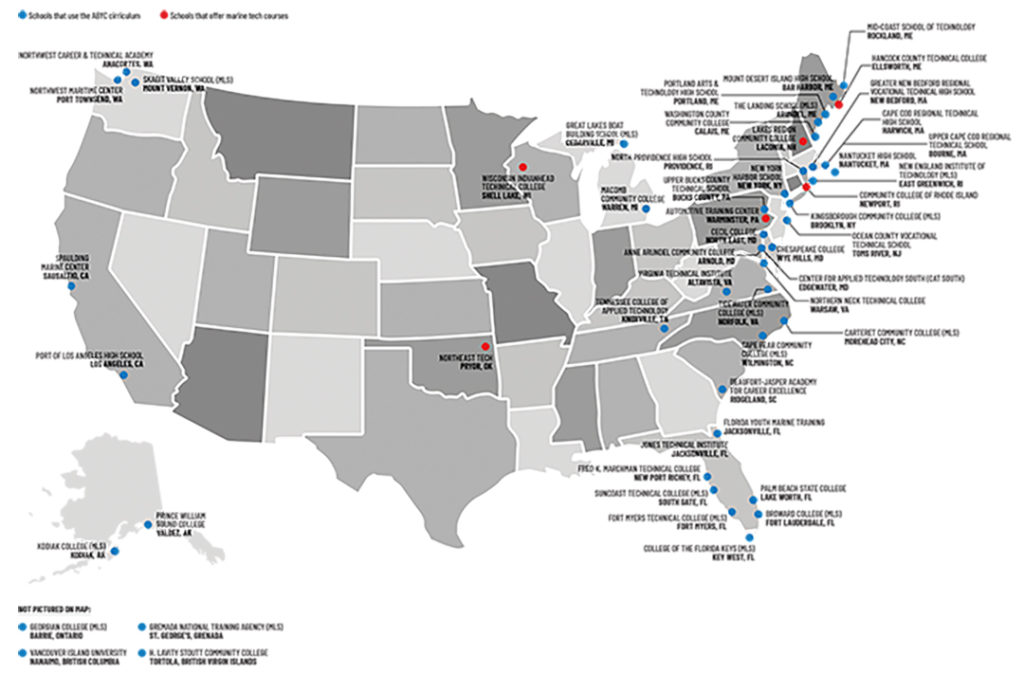
Industry Training
Schools are not the only locations to find training, however. Multiple marine organizations, manufacturers, and associations offer training through seminars, webinars, and fully staffed onsite, hands-on programs.
Industry trade shows, such as the International Boatbuilders Exhibition and Conference (IBEX), which has a robust seminar program, can provide much-needed refreshers for a facility crew or fundamental training from which shops can build and elaborate.
As well, ABYC provides technical training and education through its free monthly online webinars, which attract industry professionals and ABYC members for such topics as electric propulsion, propeller selection, basic electrical concepts and standards, etc.
ABYC Certification Courses are also available year-round, both live and in-person (starting this fall), for Marine Electrical, Corrosion, Systems, Gasoline and Diesel Engines, and ABYC Standards.
Honda, Mercury, Suzuki, Volvo, and Yamaha have partnered with Universal Technical Institute to provide content for a “one stop shop” Marine Mechanics Institute in Orlando, FL, offering Marine Technician Specialist training in outboard maintenance and repair.
These same manufacturers also provide certification and training through the various secondary and post-secondary schools listed in the graphic accompanying this article, as well as programs that feed directly into the shops, yards, and dealers. For more information, reach out to your manufacturers directly.
How We Compare to Other Industries
As local government agencies address post-pandemic job placement in general, we will continue to see stronger training on a national level. An example of this is the eight-month Marine Technician Apprenticeship program launched by the Great Lakes Community Action Partnership (GLCAP) in May 2019 for which Yamaha donated textbooks, access to online training resources, and instructors. These types of partnerships, which we will discuss more in-depth in the third article in this series, are becoming far more prevalent, and necessary.
In Sam’s case, his mentor left his position and Sam started working with someone who had less experience. Without his mentor, his Yamaha training has taken a backseat. Now, he is considering a job as an auto technician.
“Most auto shops will hire with no prior experience and starting pay can be better than a boat technician with experience,” he says. “With the auto industry, you replace more than you rebuild or repair. That industry is a lot easier to learn.”
One of the questions we will try to answer in the next of this series of three articles is how do we keep the “Sams” in our shops and dealerships? In the meantime, the ABYC Foundation’s Educator Training Conference, a virtual event July 20-22, will bring marine professionals, school administrators, and industry trainers together online to discuss this very issue. The marine industry can support this by getting the word out to educators. For more information: www.teachboats.org.

